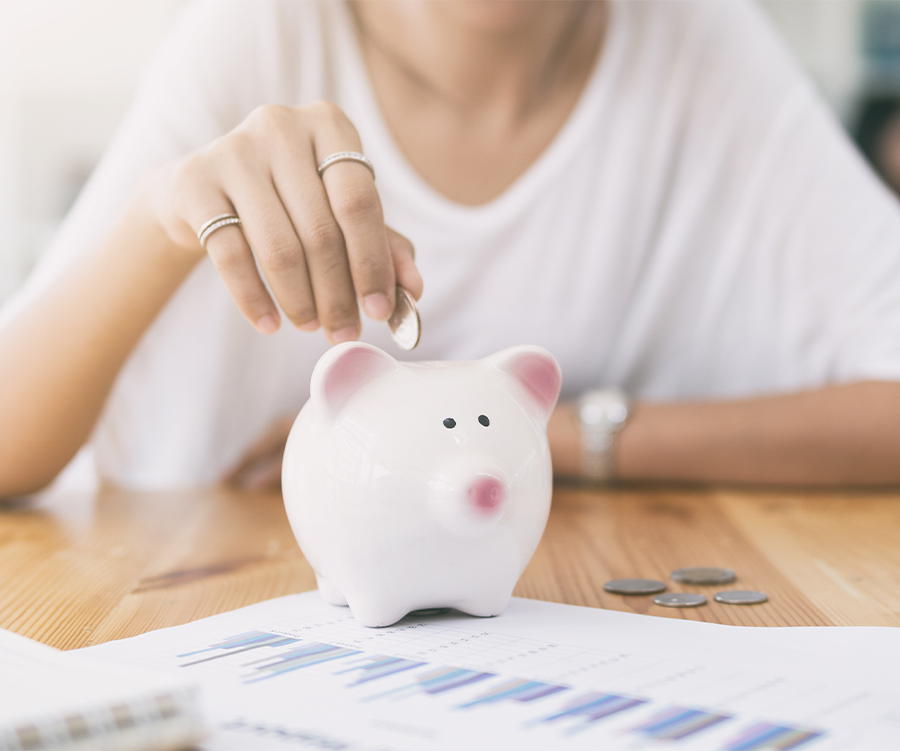
The simple truth is that the best debt is no debt but, let’s face it, you’ll probably accumulate more than your fair share in your lifetime.
Kate Crous, Commonwealth Bank’s Executive General Manager of Everyday Banking, says, “One of the most important considerations when you’re taking on debt is whether that debt is good or bad.
Good debt is an investment that will grow in value or generate long-term income. Bad debt, however, will depreciate in value and will not be there in the long term, and often refers to misuse of a credit card.”
When debt is good
Think of good debt like stocking up on healthy food that is an investment in your long-term health. Bad debt, however, is like that burger and chips you bought that tasted so good at the time but you know you’ll regret it later. The right amount of good debt can increase your potential to build wealth and it’s money well spent on things that could be considered wise investments, such as:
Education: Government student loans such as HECS-HELP are a common debt. These are in the ‘good debt’ category because further education and upskilling boost your value on the job market and increase future earning potential. The bonus is that they’re usually low-interest loans that allow you to complete further studies you otherwise might not be able to afford.
Property: Taking out a mortgage to buy property is probably the biggest debt you’ll ever sign up for but the good news is that it’s generally considered a source of good debt. Not only will you have the security of knowing you have a roof over your head but you’re also building equity. When you’re renting, your hard-earned cash goes towards someone else’s assets – your landlord’s.
Business: Starting a small business comes with its fair share of risks but if you do your research first and create a sound business plan, you’re laying down sound groundwork. Unless you have a stash of cash to fund your business idea, you’ll probably have to apply for a small business loan to get started and this is considered a ‘good’ kind of debt because it allows you to start a potentially profitable company and increase your future cash flow.
When debt is bad
Spotted something you just can’t live without? If the first thing you do is reach for your credit card to pay for it, that’s a sure sign you’re probably clocking up bad debt. It’s debt that satisfies a need to spend on products that won’t boost your future wealth or long-term financial wellbeing. Here’s how to spot it:
Credit cards: Most of us have to use them from time to time but if your spending habits are the cause of a significant debt and you’re only making the minimum repayments on your cards, that’s a red flag. A simple way to help you get on top of your spending is to use a tool like Commonwealth Bank’s Lock Block Limit, which allows you to set a limit per transaction on your credit card. “You should always check with your financial institution to ensure you have the right credit card that will best suit your individual circumstances,” says Kate.
- Car loans: A reliable vehicle is an essential for many of us but the type of car you buy will tell you a lot about whether your car loan is a good or bad debt. If you spend up big on a luxury car, you could end up sinking under the interest repayments for years to come on an asset that starts depreciating as soon as you drive away. Instead, stick to a popular basic model that’s economical and within your budget.
To help improve your financial wellbeing, please visit financiallyfitfemales.com.au. Proud partner, CommBank. Always consider your personal circumstances before acting on financial advice


